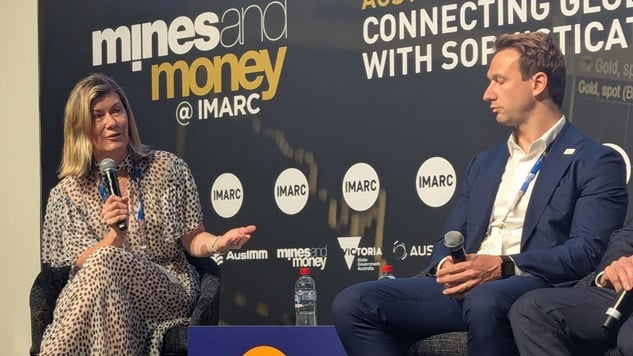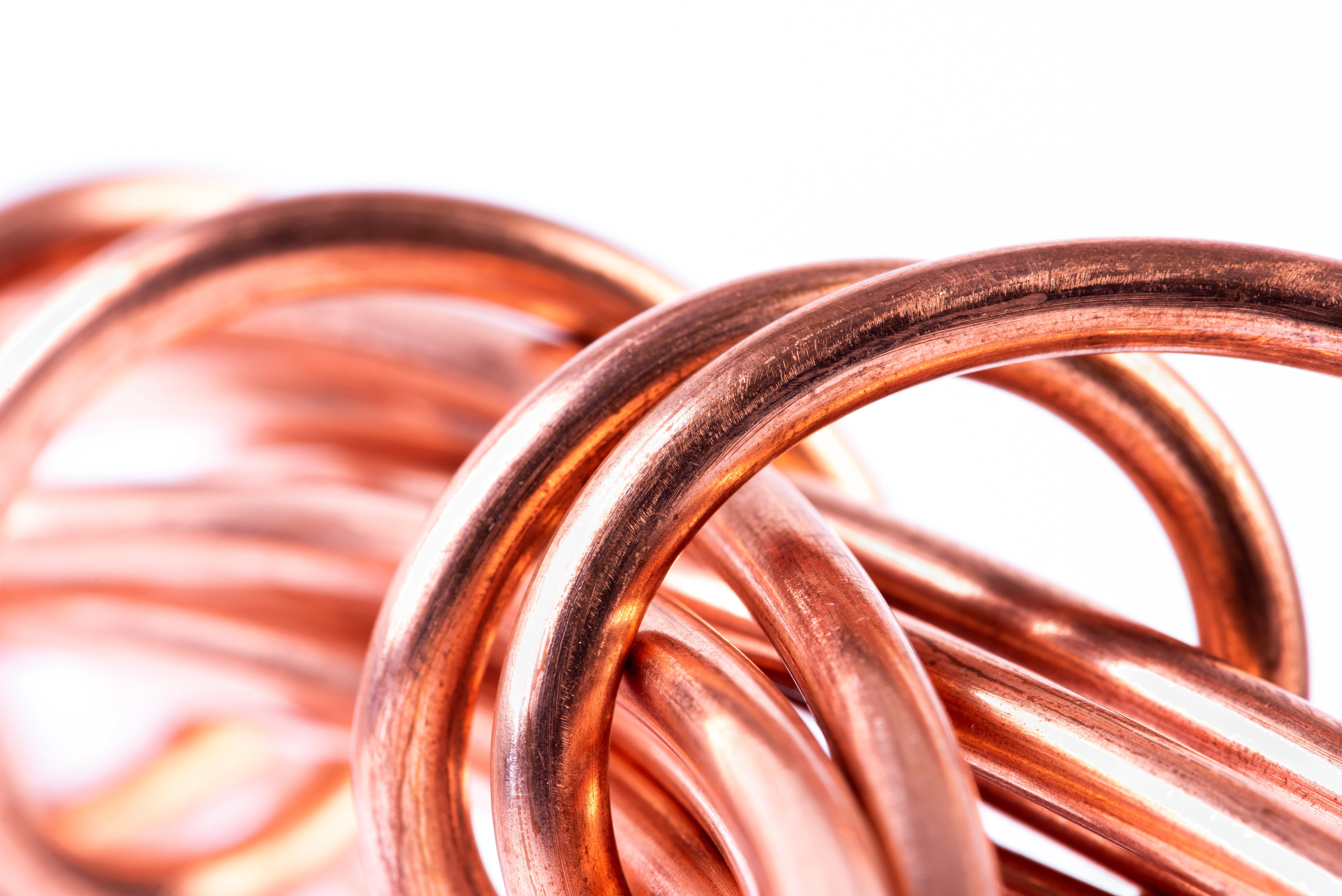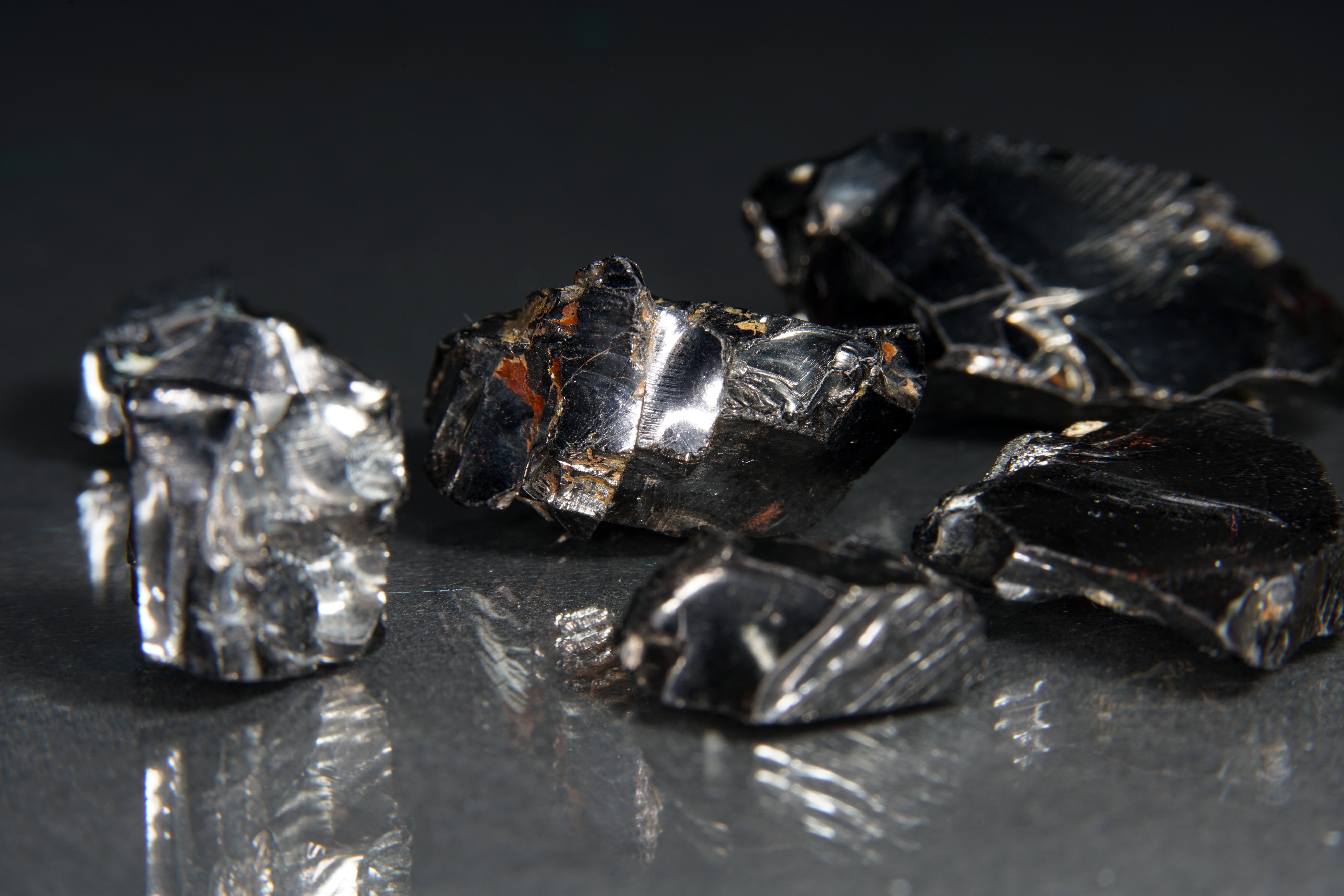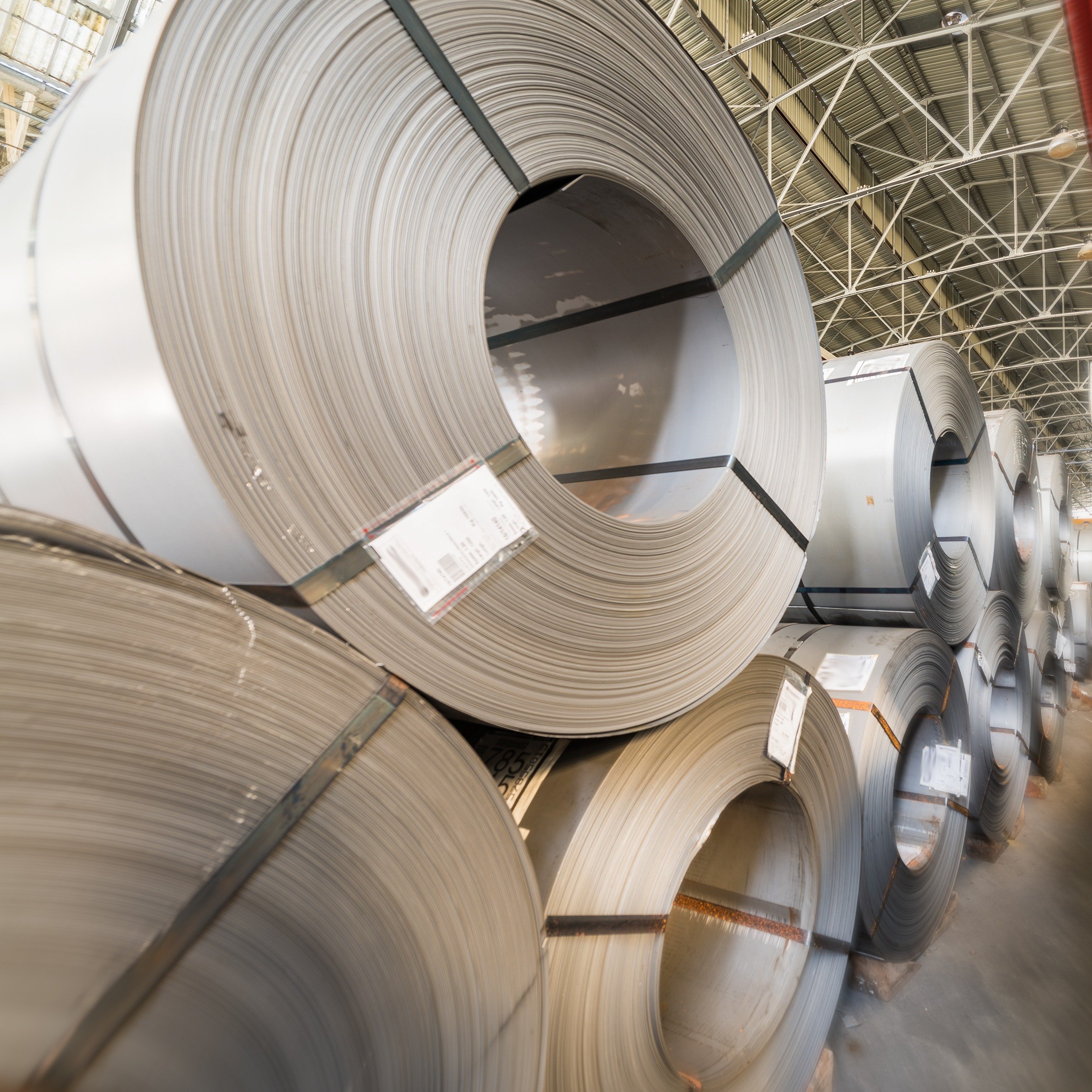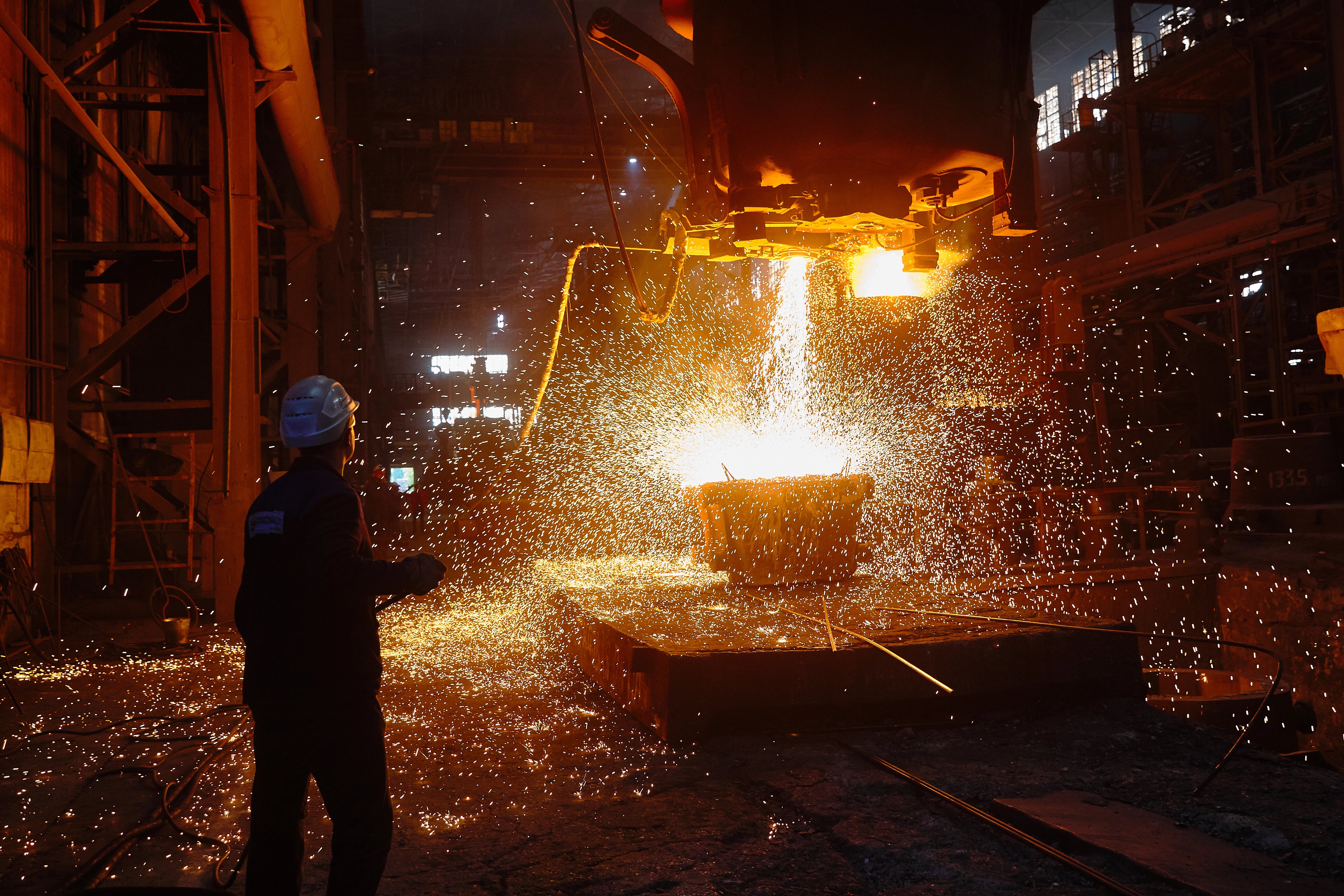Despite the US-China truce on export controls, REE supply chain remains vulnerable. To build long term resilience in western markets there needs to be continued investment to expand domestic capacity, build domestic technical capabilities and human resources.
US and China reached an agreement over rare earths, weeks after China expanded on existing rare earth export controls
In a positive turn of events, the US and China appear to have reached an agreement over several trade issues, including export controls over rare earth elements (REEs) and other critical metals, as imposed by China. As per the statement issued by the White House, there will be a de facto removal of export controls on several critical metals including REEs, gallium, germanium, antimony and graphite. Furthermore, the additional export control measures introduced on 9 October will be suspended.
Despite this, the imposition of these export controls have exposed the fragility of global supply chains for these minor metals and underscored the need to increase the resilience of supply chains in the West. While it is not practical, nor possible, to completely decouple from Chinese supply, the recent developments indicate the importance of reinforcing Western supply chains. The recent US-China tensions also reflect how trade conflicts between two countries can create ripple effects for other regions such as Europe, South Korea and India due to the interconnected nature of these markets.
Even as these export controls are removed or suspended, US-China trade tensions will continue to persist. Subsequently, we can expect China to continue using critical metals as a lever in trade talks unless sustained investments are made to build resiliency into the Western supply chain.
The importance of developing strong supply chains is quite heavily pronounced within the rare earths market, and the supply chain will continue to remain vulnerable unless long term investments are made. This resilience needs to be built beyond raw material sourcing to include processing and technological capabilities, as evidenced by the expanded rare earth export controls on 9 October 2025.
Rare earth export controls exemplify the need for developing technological capabilities within the REE supply chain
On 9 October 2025, China issued a set of interlocking notices that broaden export controls over rare earths and related materials, equipment and technologies. These restrictions were on top of the ones introduced earlier this year. Citing national security concerns amid escalating trade tensions with the US, Beijing extended control across REE supply chains, from domestic miners and equipment suppliers to foreign manufacturers, assemblers, and research and development (R&D) as well as intellectual property (IP) partners utilising Chinese rare earths inputs or technology.
The controls represented a significant expansion beyond previous restrictions, fortifying the role of the rare earth export license, and asserting authority over technology transfers and cross-border services involving Chinese REE inputs or proprietary technologies.
Notably, under these rules, any foreign entity that uses Chinese technology to produce rare earths covered under the trade restrictions – whether in concentrate or separate form, and/or its alloys, including NdFeB magnets containing these – will be subject to trade restrictions.
These trade restrictions underscore that China’s hold on the rare earth industry goes much beyond production and processing capacity to include technology and expertise. To counter this, the industry must develop proprietary capabilities by investing in the R&D and developing relevant human capital.
Magnet producers face the highest exposure
While investments are needed in both processing and magnet manufacturing, priority is much greater for the latter due to capacity gaps and technological dependencies.
Production Capacity: China accounts for >95% of magnet manufacturing versus only 85–90% for processing. The magnet market outside of China is much more fragmented. As a result, there is limited scalability on the producer level.
Technological capabilities: REE separation outside China is highly concentrated, with only three major separators existing outside of China. This concentration has allowed these larger companies to invest in proprietary technologies and expand their operations. In contrast, the magnet producer market is fragmented and consists of much smaller companies, which are dependent on China for both technology and raw materials, leaving them highly exposed to any trade restrictions on rare earths technology.
Rare earth separation outside China is limited. While the country mines 69% of REE, it separates 80–90% of REEs globally. Despite a flurry of investments across REE processing in recent months, REE separation currently remains anchored by three major ex. China separators:
- MP Materials is a fully integrated rare earths producer, situated in California, US. In recent years, the company has systematically reduced its reliance on China, resulting in the cessation of concentrate shipments in April 2025. In July 2025, MP Materials entered into a multibillion-dollar partnership with the US Department of Defense. This was to expand its downstream magnet manufacturing operations in Texas as a part of a broader national effort to secure critical mineral supply chains.
- Lynas Rare Earths extracts REEs in Western Australia, with concentrate shipped and processed at their facility in Gebeng, Malaysia. The company’s business model avoids reliance on Chinese separation capacity, utilising its propriety technology to separate REEs.
- Solvay S.A. operates a rare earth separation and purification plant in La Rochelle, France. In 2025, the company expanded its production and launched a rare earths production line for permanent magnets at the site. Solvay leverages its own separation technology to process REEs, and pursues a strategy centred on European autonomy and recycling.
Notably, these three key separators outside China have low exposure to these measures as all of them rely on their own proprietary technology.
Many of the upcoming REE separators tracked by CRU will employ proprietary technologies developed through strategic partnerships, minimising dependence on Chinese expertise and equipment. Nevertheless, China’s rare earth processing sector remains technologically sophisticated and highly cost-competitive, reflecting decades of process optimisation and economies of scale. Consequently, ex. Chinese producers are expected to face higher production costs and will likely require sustained policy support to maintain competitive margins.
As we move further downstream, China’s dominance in the supply chain increases. While the country separates 80–90% of REEs globally it produces more than 95% of global rare earth magnets. Furthermore, ex. China rare earth magnet producers who utilise Chinese REEs as feedstock face even greater exposure when compared to separators. While verifiable information on equipment origin remains limited for most producers, Chinese technology is widely recognised for its cost efficiency and performance.
Based on industry discussions and modelling, CRU understands that Chinese magnet production technology remains globally the most cost efficient and technically advanced. It can be reasonably said that a selection of the unverified producers likely incorporate Chinese equipment to varying degrees, increasing their sensitivity to rare earth trade restrictions.
Looking beyond increasing production, technological capabilities within rare earth supply chains remain weak for ex. China producers
The easing of export controls is a positive step for market liquidity, but the situation remains delicate. If further talks between Washington and Beijing falter, controls can be reinstated swiftly. This means the rare earth market remains exposed to the return of export controls, and underscores the need for strategic, long term investment throughout the REE value chain. This applies to not only increasing production of rare earths and NdFeB magnets, but also investing in developing technologies used to process and produce them.
Diversification accelerated earlier this year, following the first round of REE trade restrictions. As governments and industries work to rebuild supply chains beyond China, most investment has flowed into new production capacity rather than upgrading technological capabilities.
For instance, backed by US, Australian and European policy incentives, projects such:
- as MP Materials’ integrated US magnet operations,
- Lynas’s Kalgoorlie processing hub,
- and Solvay’s revitalised La Rochelle separation facility…
…have gained much needed capital to scale their production. Despite these investments, capital flow into R&D activities has been slow.
The recent wave of trade restrictions on rare earth technologies exposed the technological vulnerabilities within this sector. Subsequently, we need a stronger push towards rare earth R&D activities to enhance competitiveness and counter Chinese superiority over REE tech over the long run. This push is likely to be most pronounced in the magnet segment, where the gap to close is greatest and most difficult to fill. To support this, there needs to be increased investor interest in technological start-ups, institutions as well as producers focused on developing proprietary rare earth technology.
Balancing cost efficiency and supply security is key for long term sustainability
In the long term, magnet manufacturers and OEMs will need to balance cost efficiency with supply security. Many are expected to accept higher costs for resilience, committing to long-term offtake agreements and aligning with government-backed projects to mitigate geopolitical risks.
While the recent trade talks between the USA and China appear to have effectively paused rare earths export controls, the trading relationship remains fragile and real outcomes of the decision will only be clear over coming months. Furthermore, this trade war will continue to influence sourcing decisions by OEMs over the long term, given the challenges they faced in maintaining production lines.
Given rare earths are minor metals, their price has a limited impact on end-product cost, because of which they have high price elasticity. Due to this, companies are increasingly prioritising supply assurance of rare earths over short-term cost optimisation. Moving forward, we expect this trend to continue as there is a focus on building a stronger REE supply chain to avoid future disruptions.
The rare earths and broader critical metals landscape is becoming increasingly volatile. In this uncertain environment, it is crucial that suppliers, traders, end-users and financial institutions stay ahead of these fast-moving developments.
CRU provides both ready-made intelligence and tailored research to help organisations anticipate change, mitigate risk, uncover opportunities and enable well-informed, forward-leaning decisions. In our latest rare earth special report we discuss how trade restrictions are reshaping the market and what future it may bring.
To discover how CRU can support your strategy across the rare earths and critical metals environment – be that through pricing services, Special Reports or consulting projects, please get in touch here.





